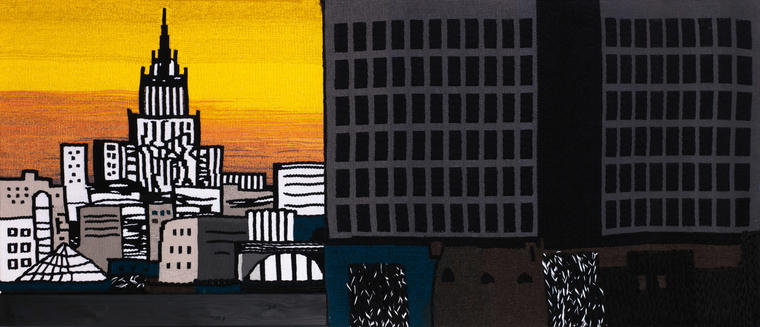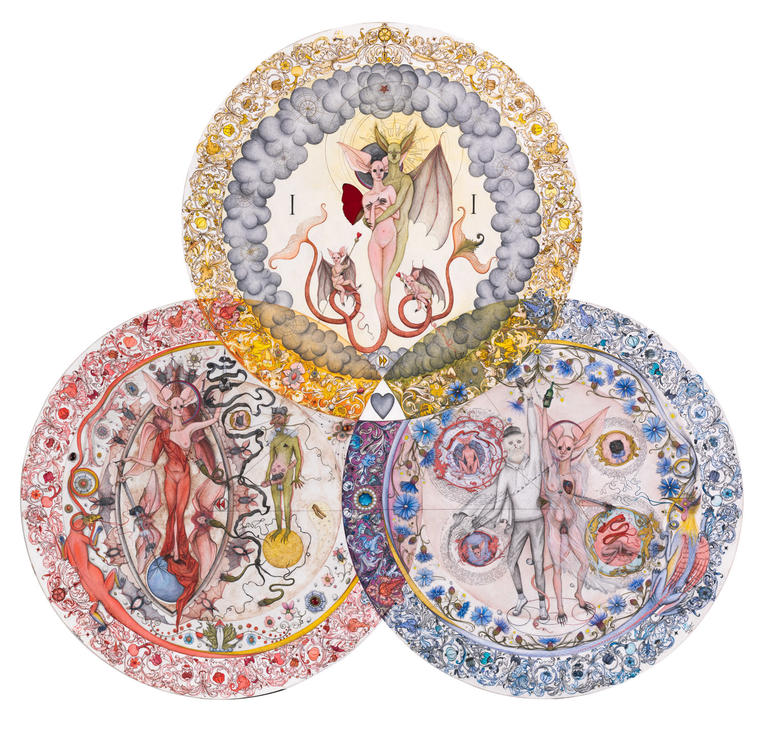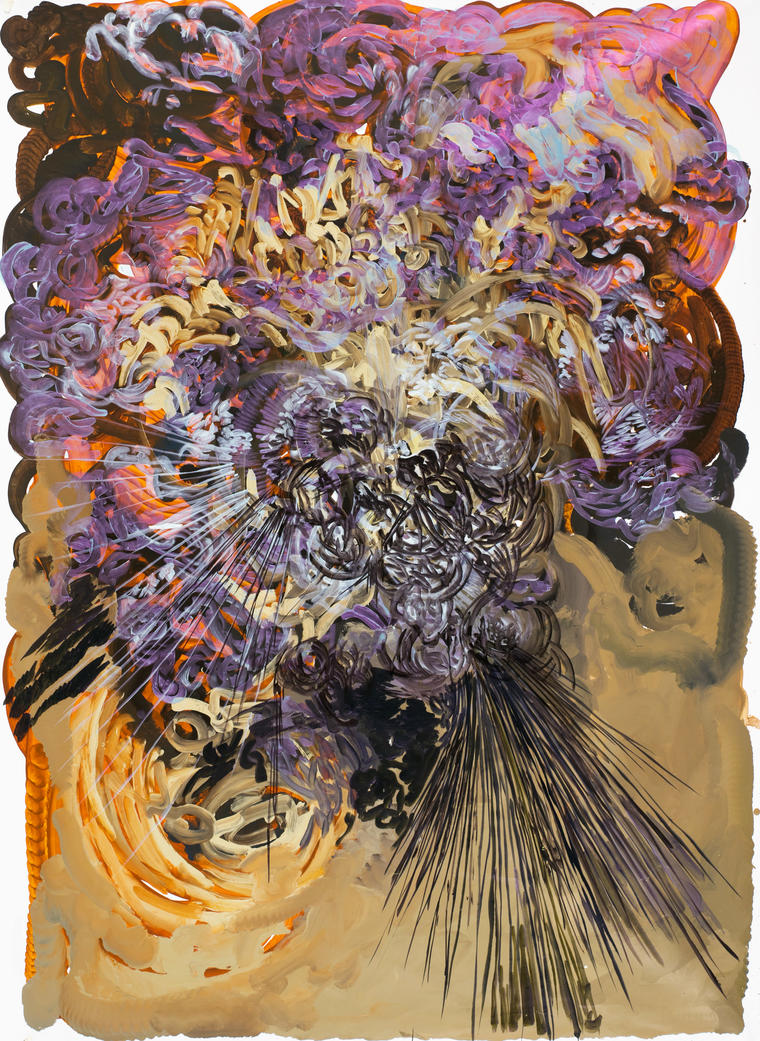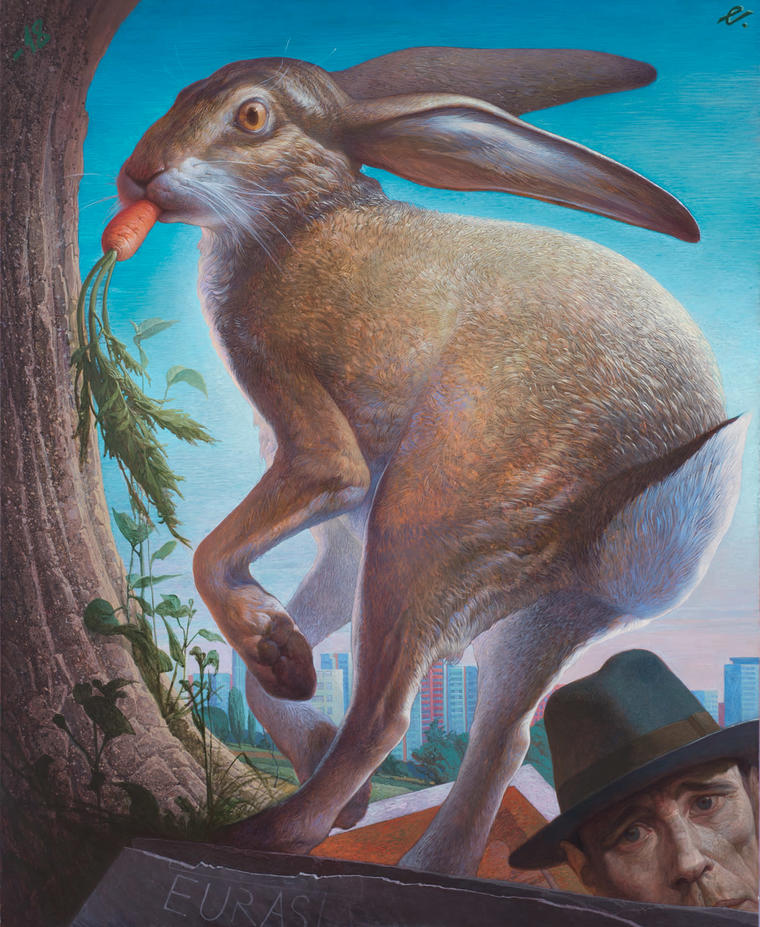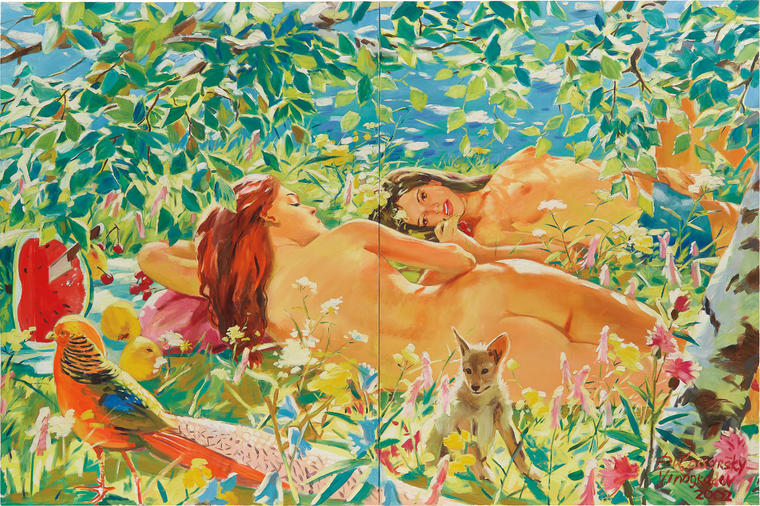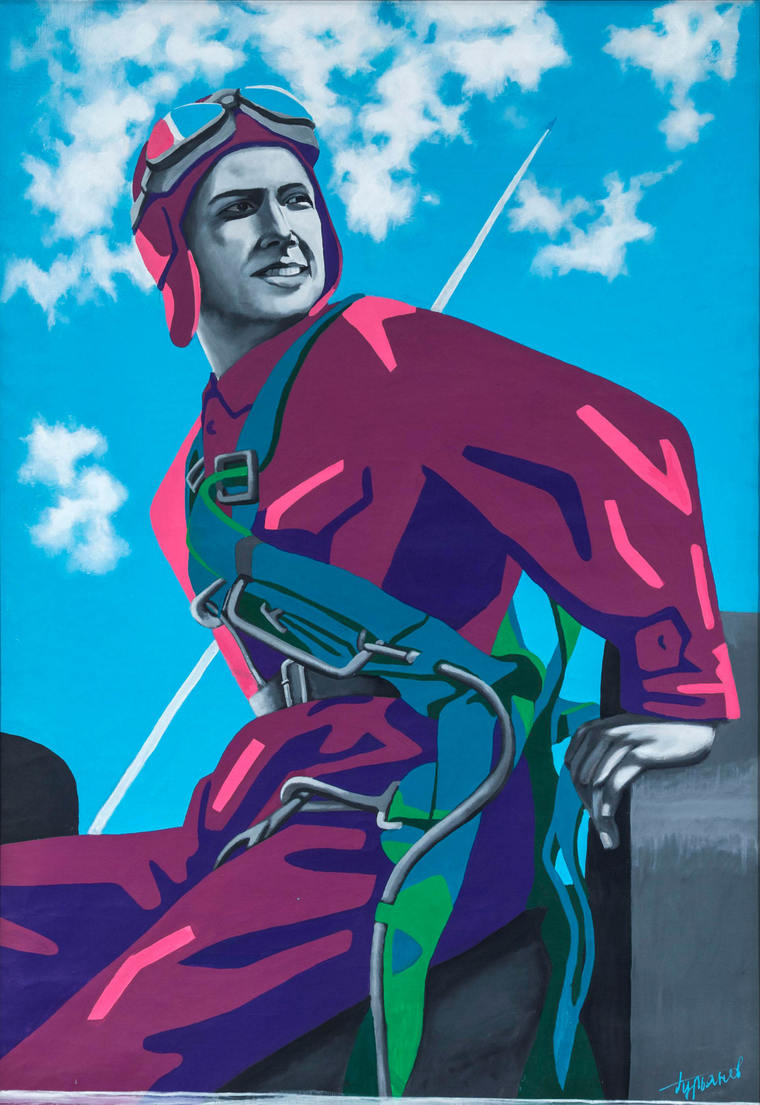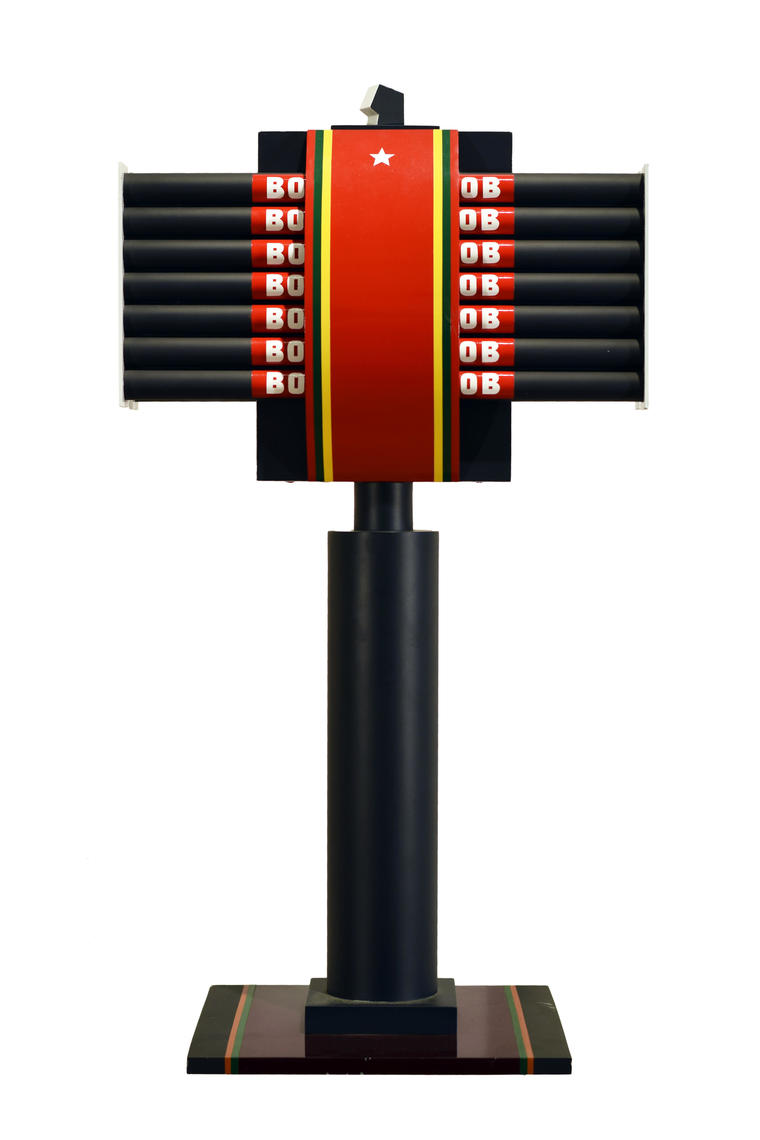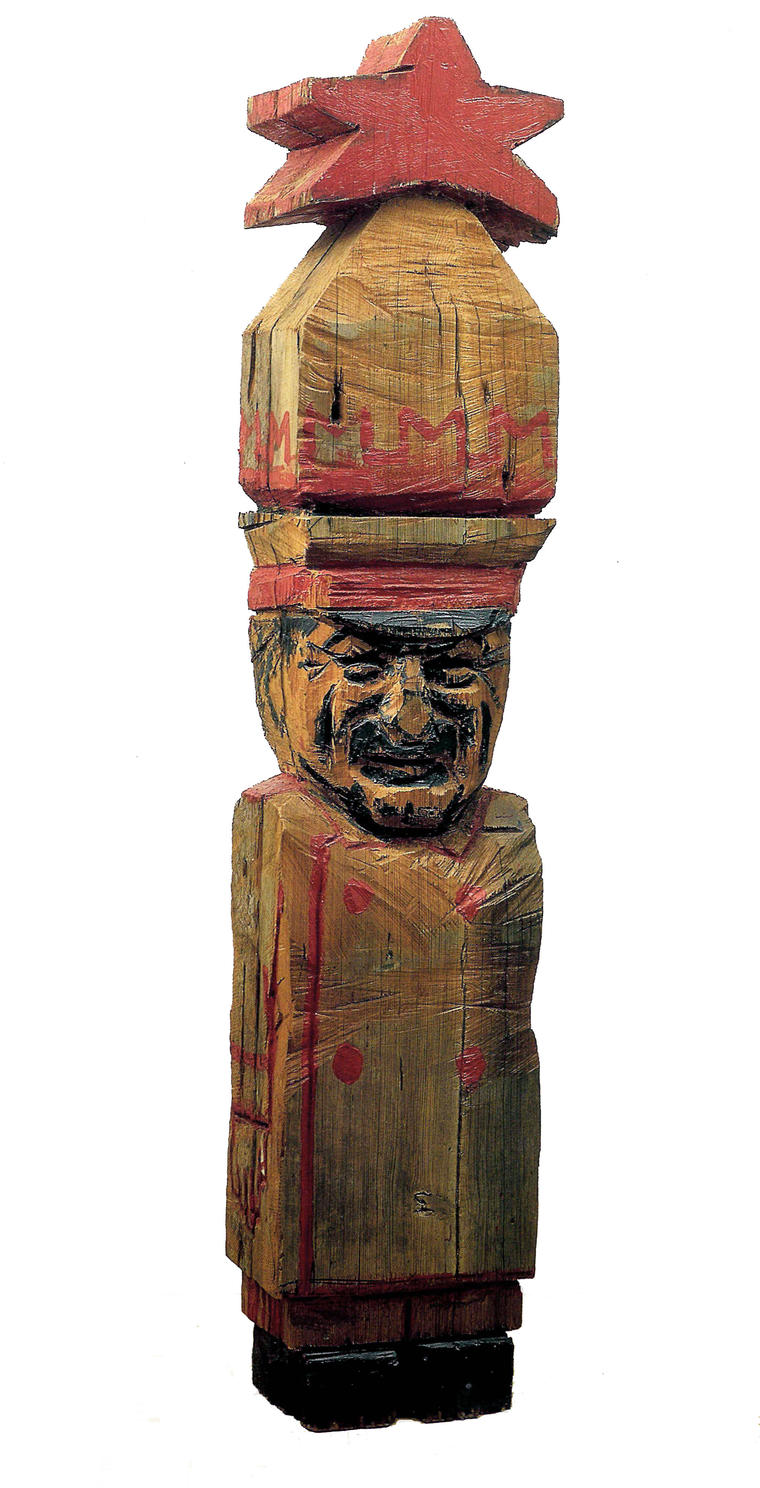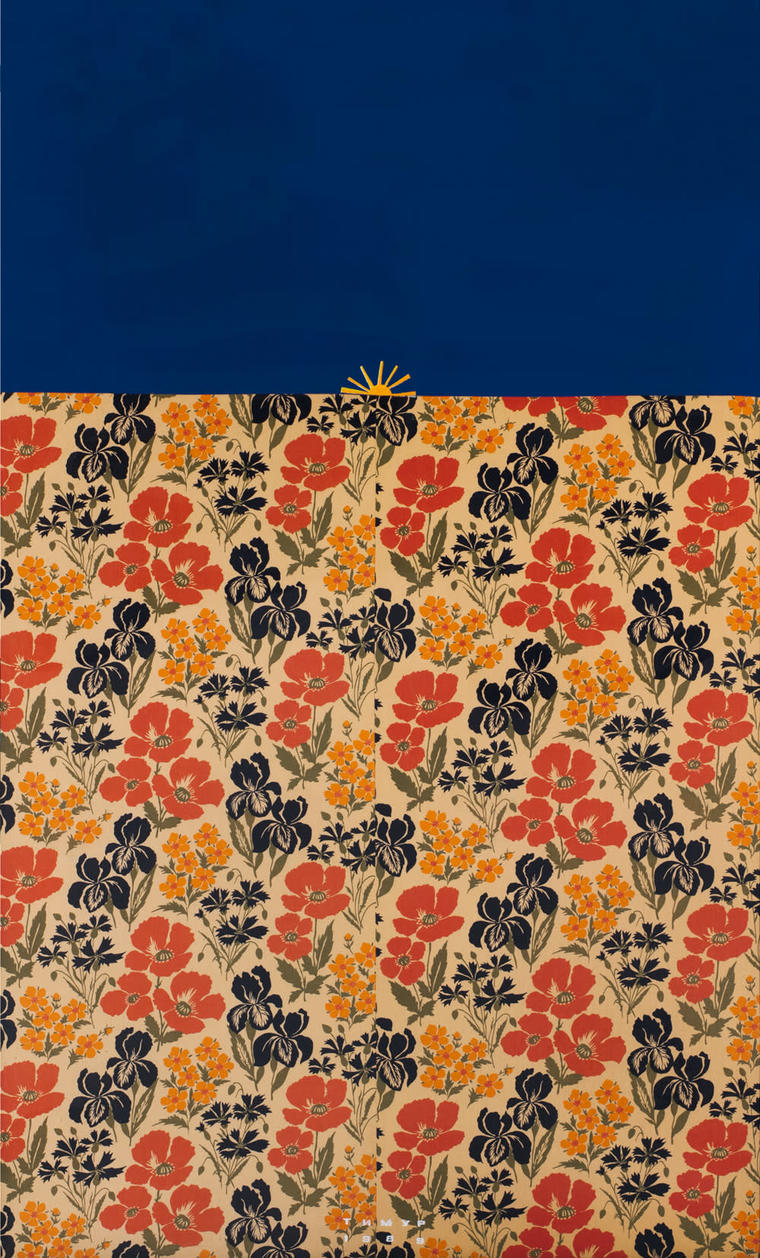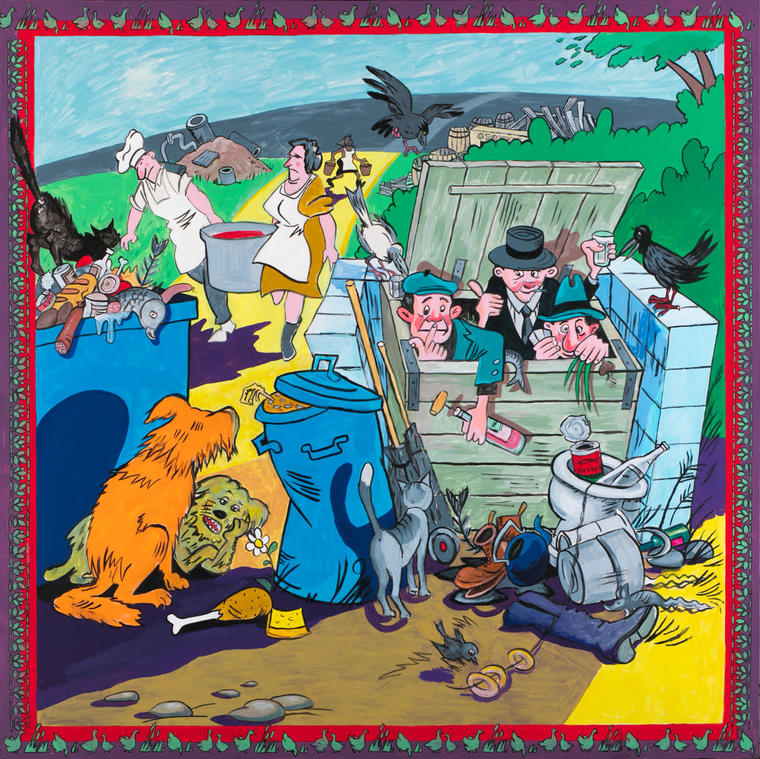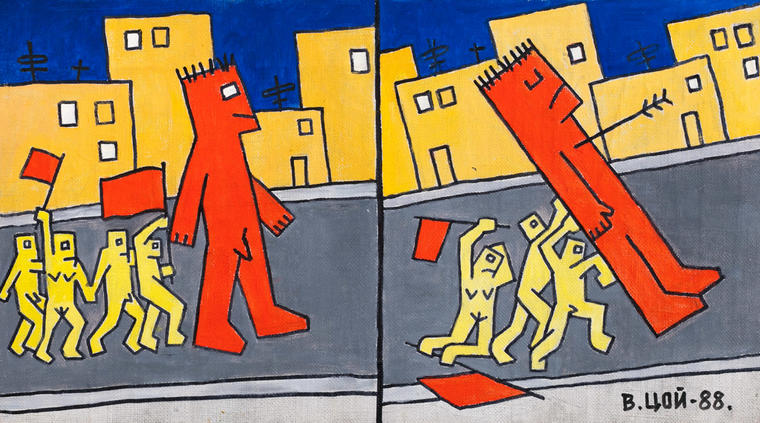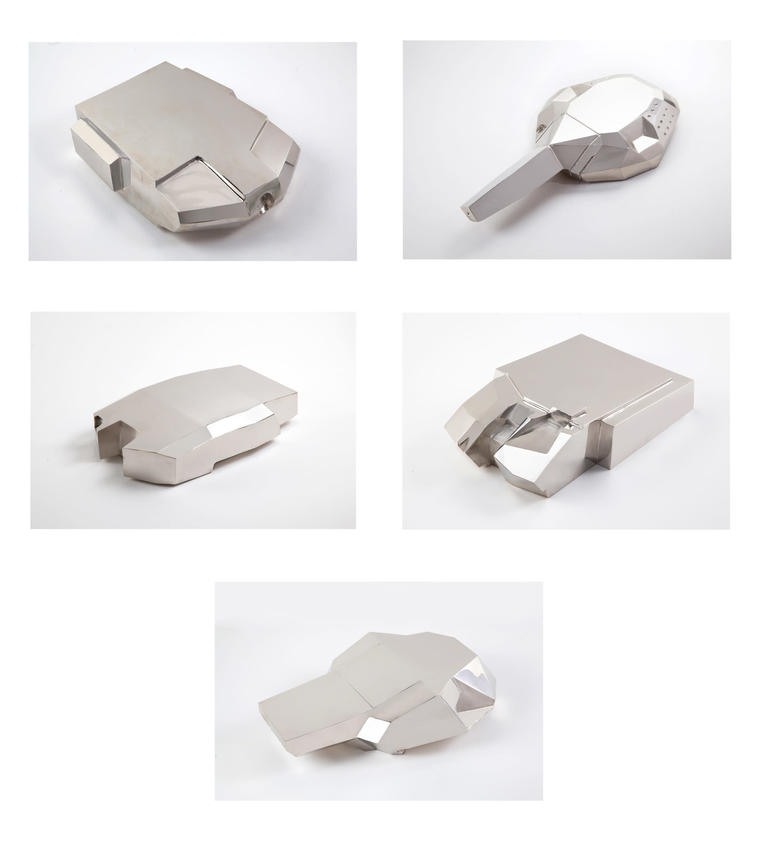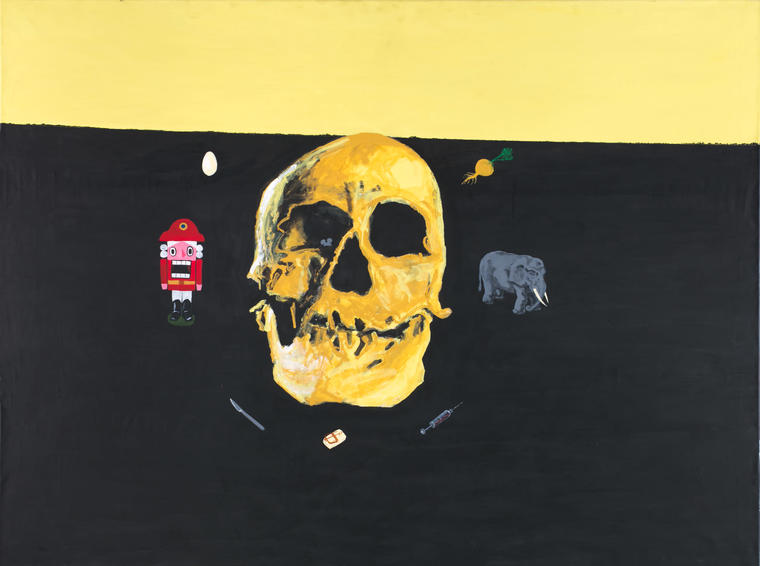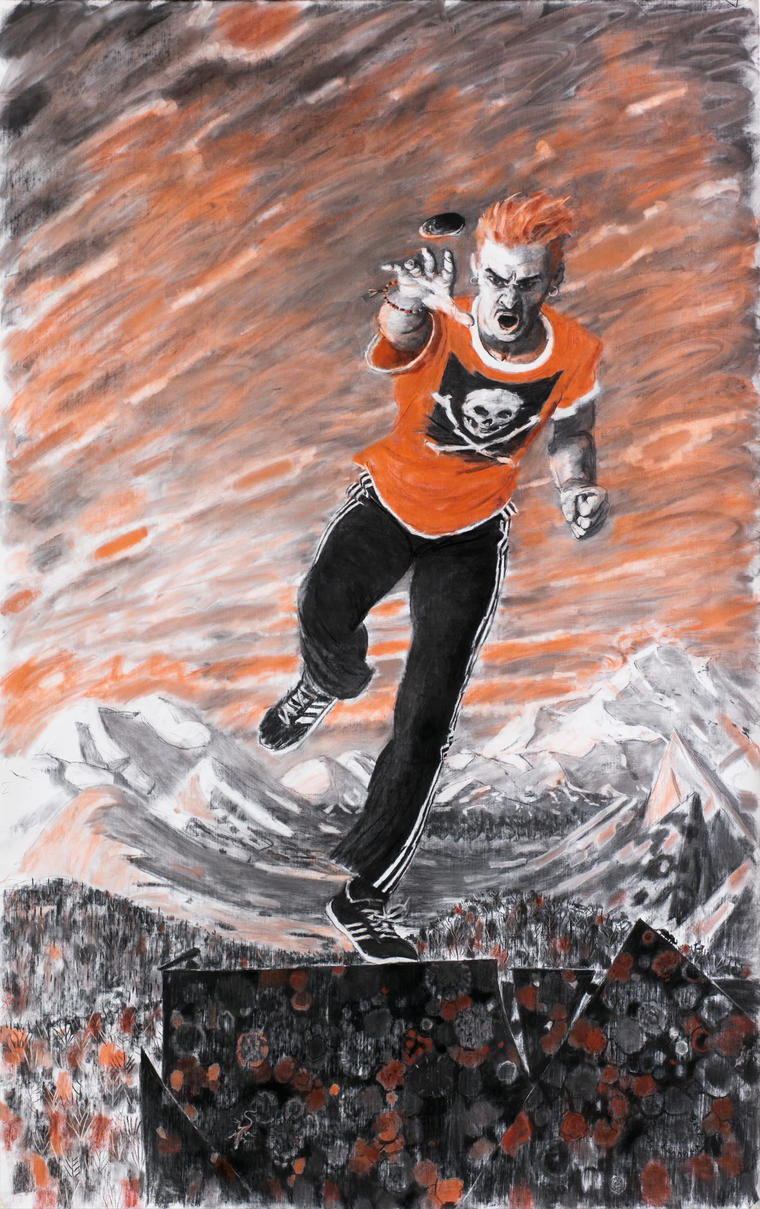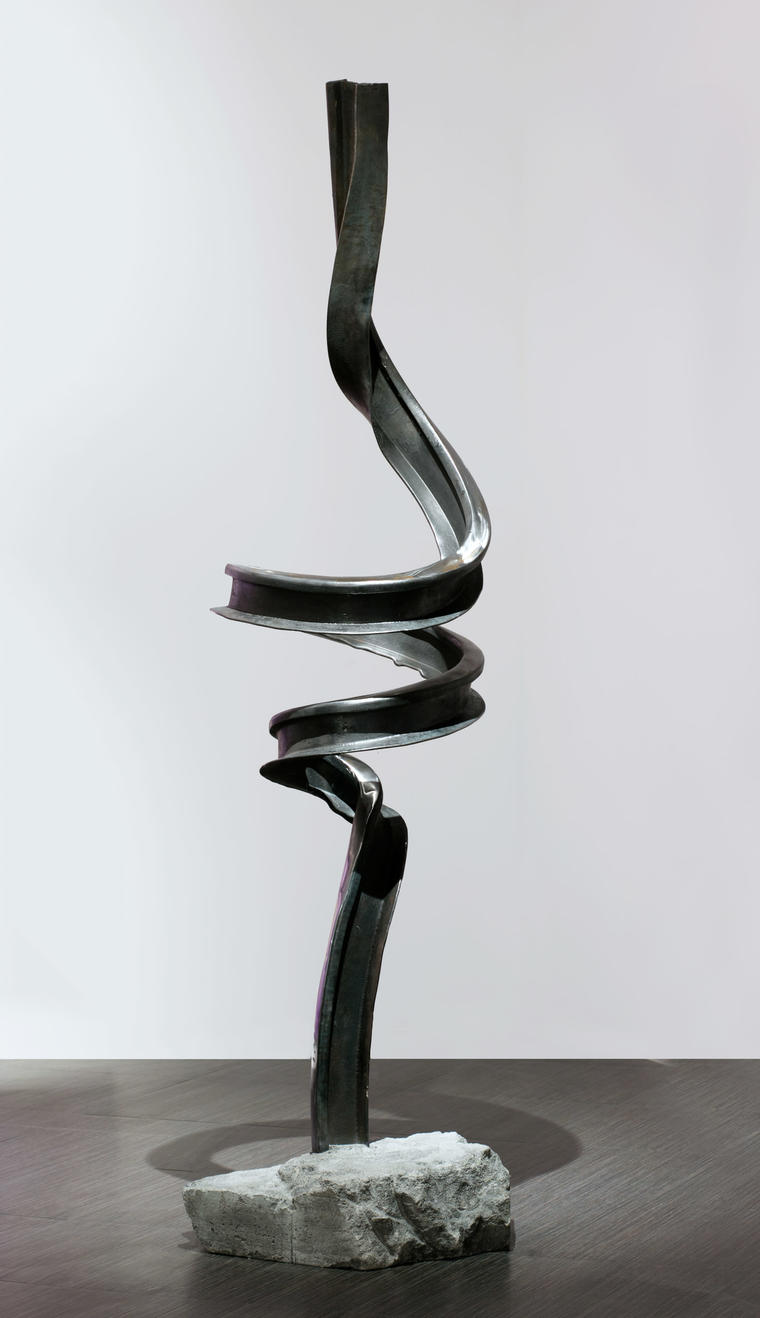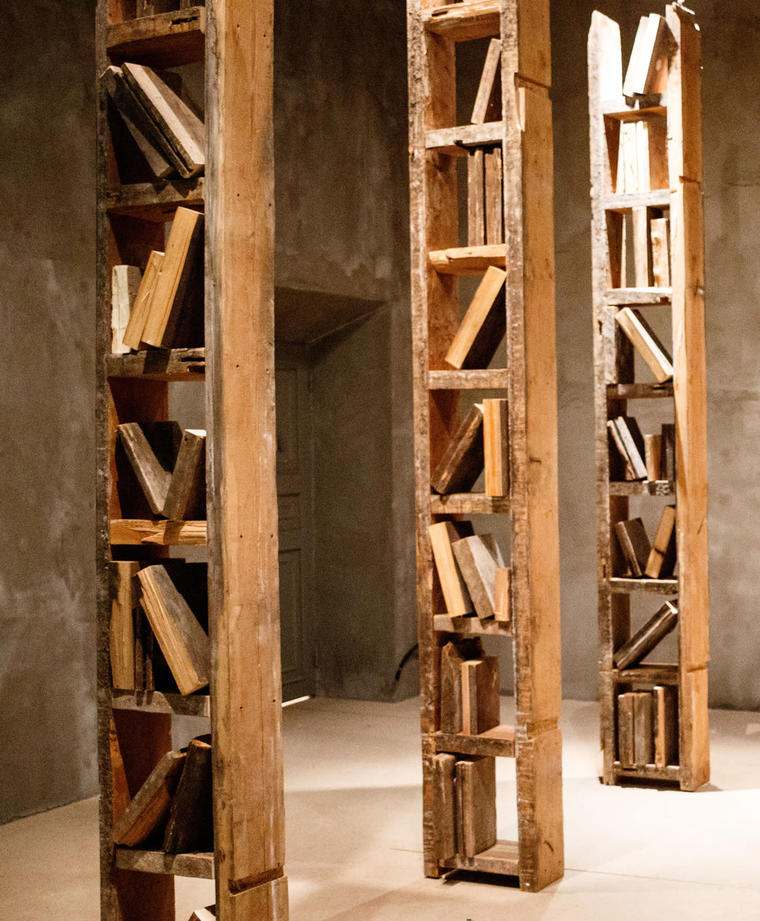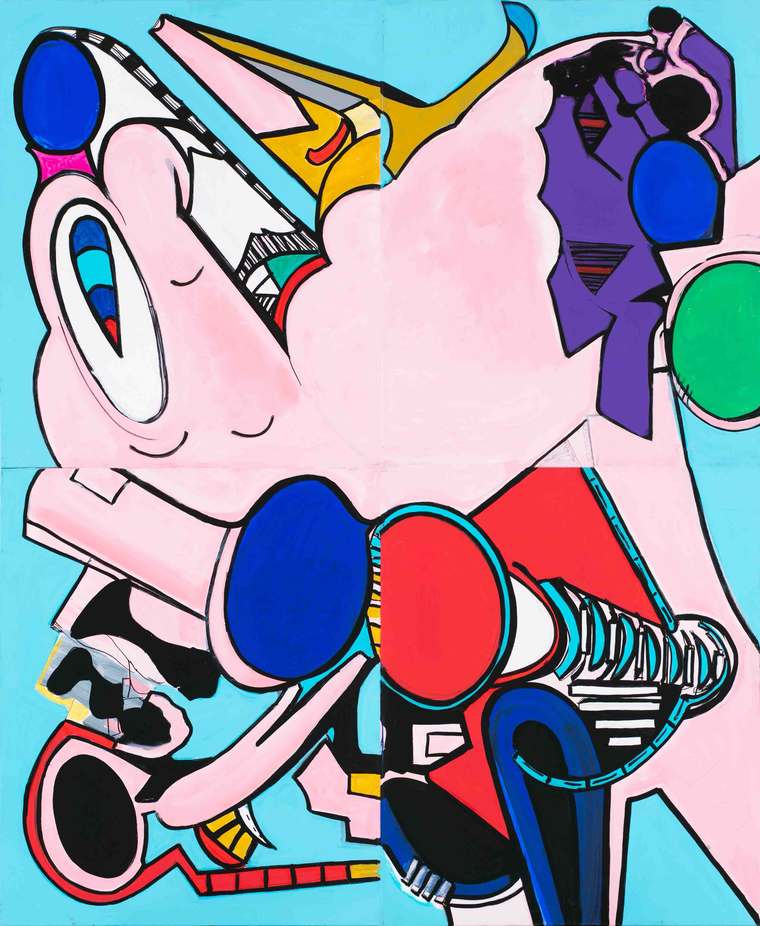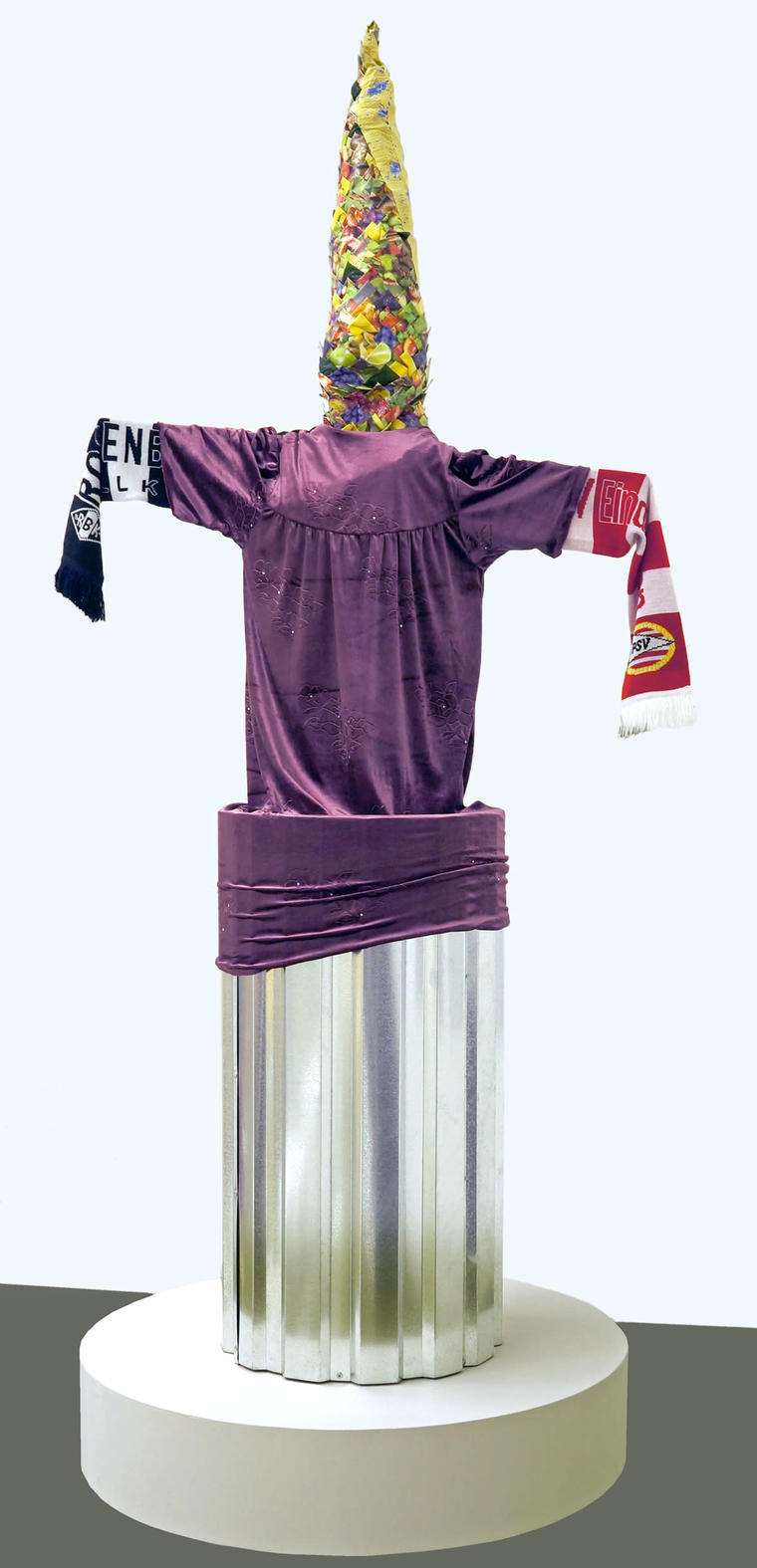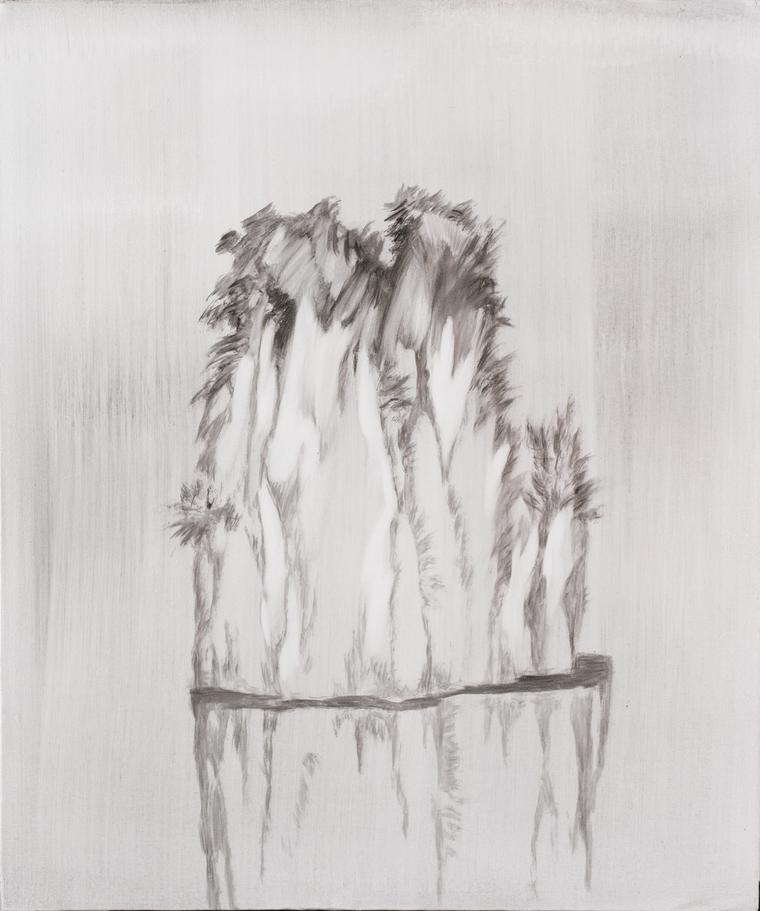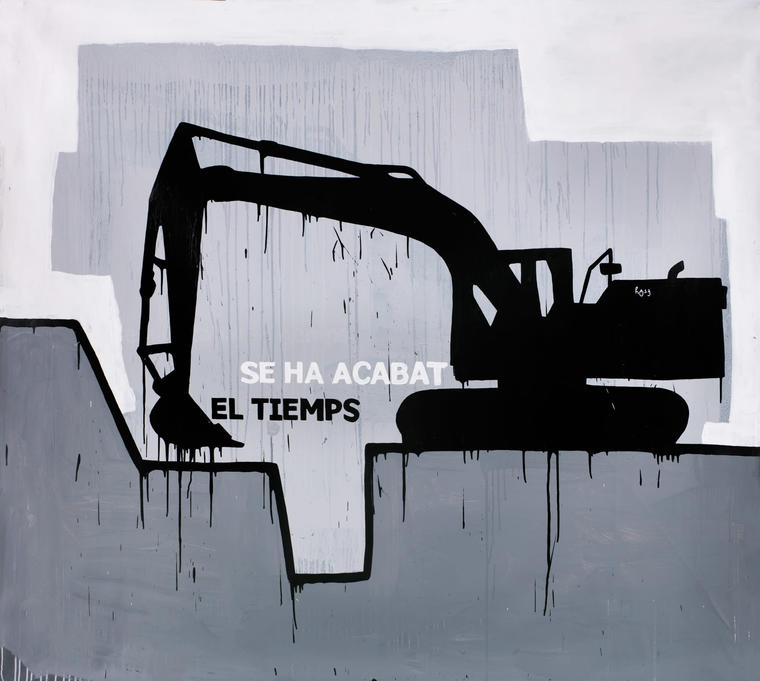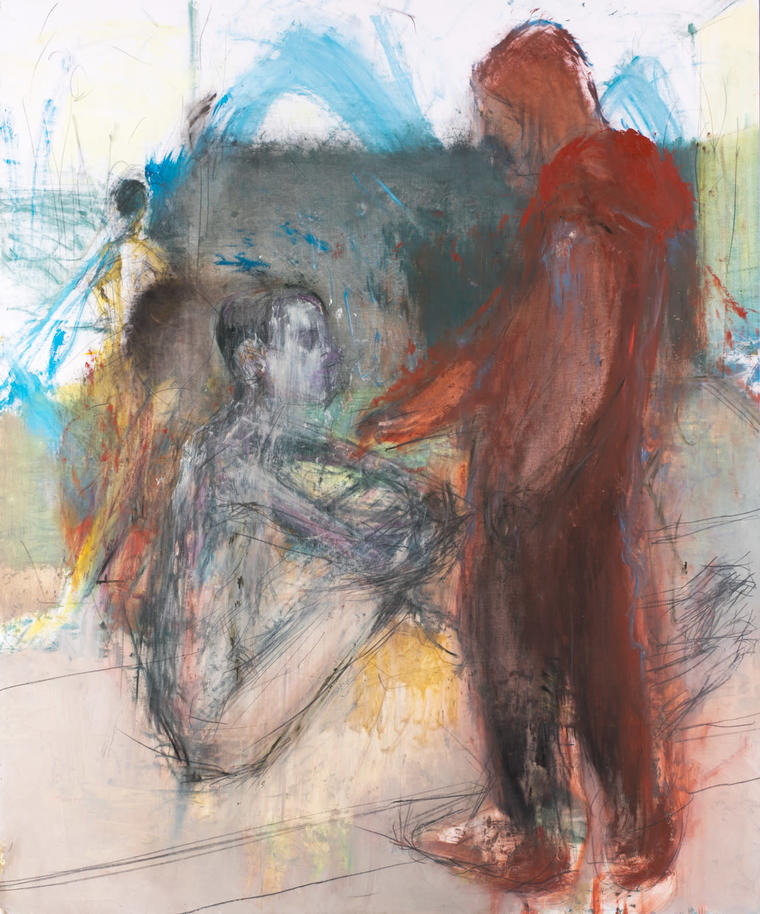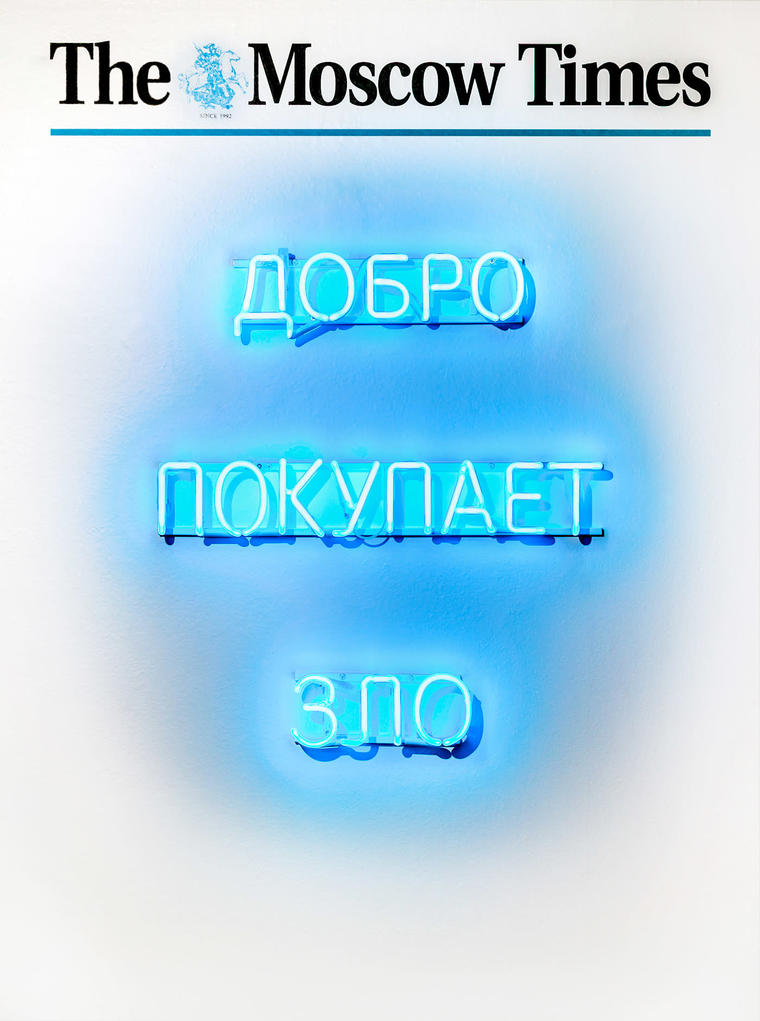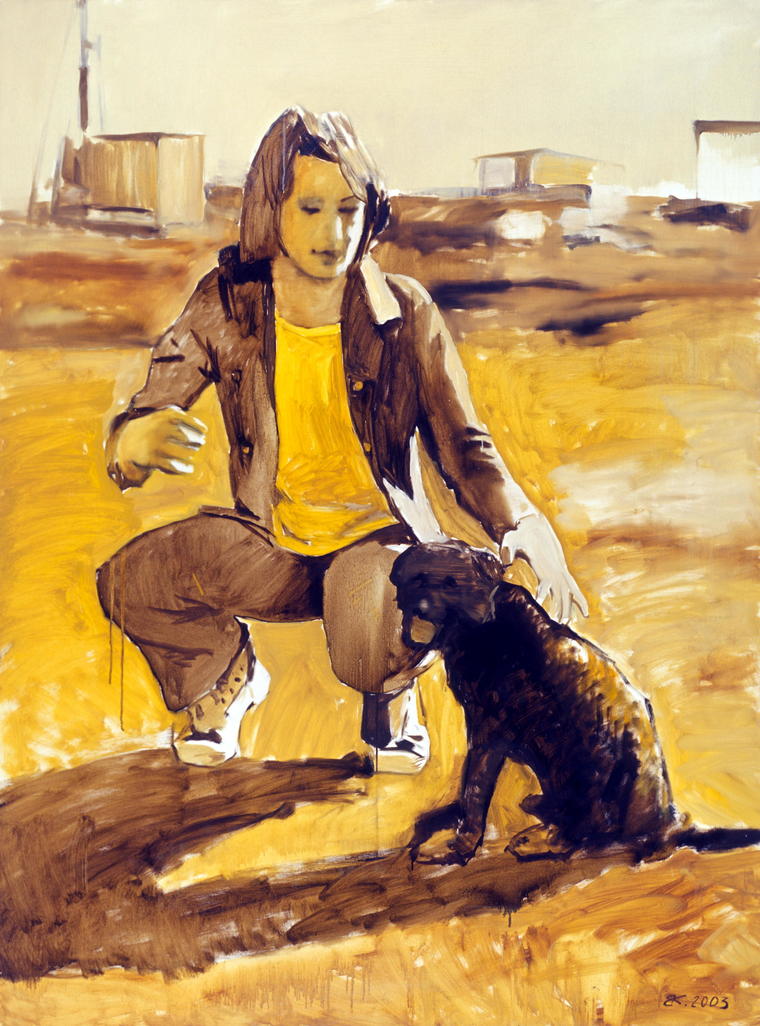Auction has ended
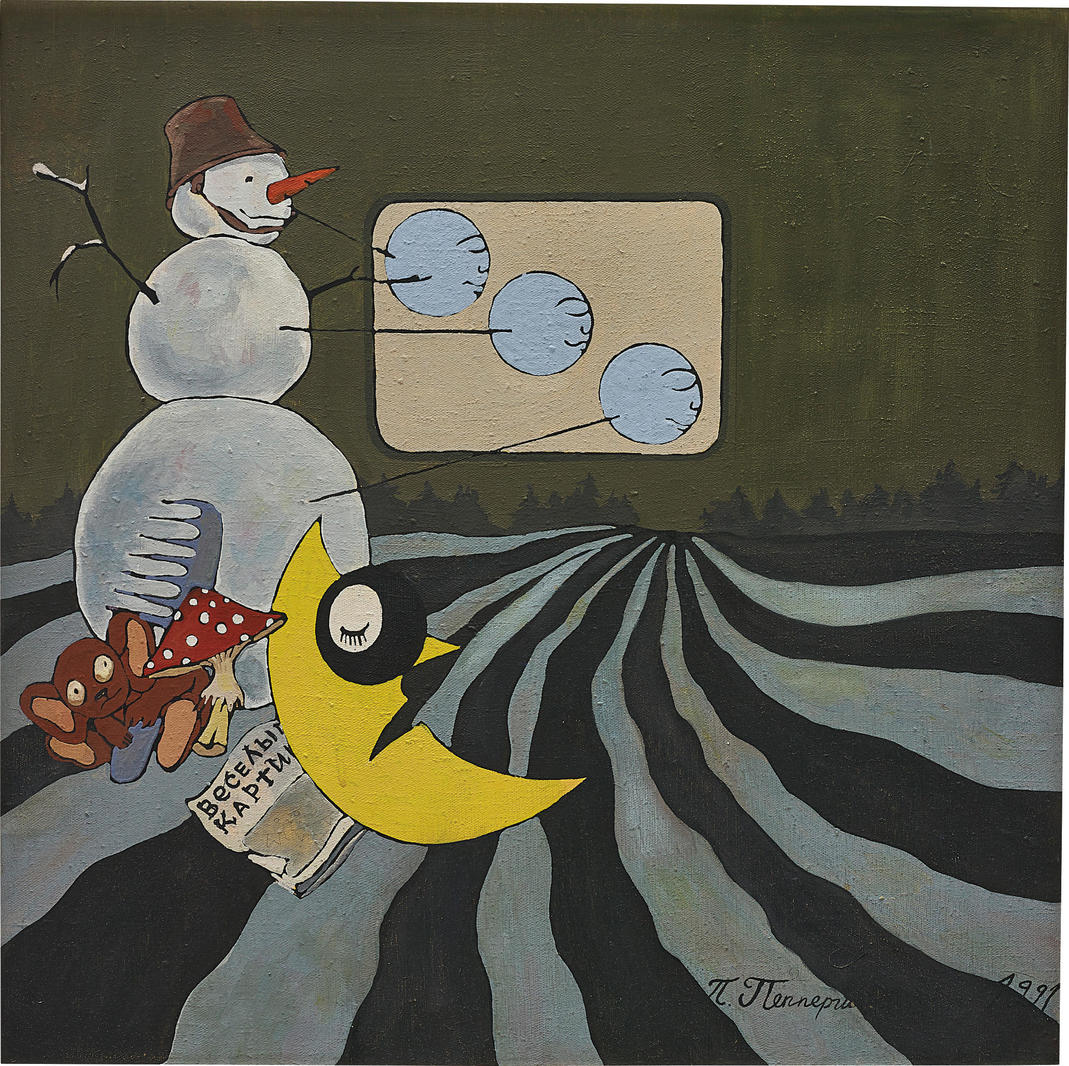
The work was done at a time when our group «Inspection «Medical hermeneutics» (Seryozha Anufriev, Yura Leiderman and me) was deeply engaged in studying the collective discourse of childhood. And, in particular, I wrote then a large research text entitled «Three Journals», devoted to a comparative analysis of the three whales of Soviet childhood: «Vessyolie Kartinki», «Murzilka» and «Kolobok». It was really exciting to analyze some semantic layers associated with these journals. «Vessyolie Kartinki» is a pantheon of Olympian gods, which are hidden under the images of cheery men. Among them there are also very archaic images, like Thumbelina — a floral goddess, emerging from a flower, or, for example, Petrushka, personifying the ancient Russian world, the tradition of skomorokhs, which, as is known, was one of the forms of the transmission of the ancient esoteric experience. Of course, in this pantheon, there are also new gods, such as Samodelkin — the god-robot, the god of technological progress. This polytheism is opposed by purely monotheistic publications, such as the magazines «Murzilka» and «Kolobok».
My personal destiny is connected with the magazine «Vessyolie Kartinki». My father Victor Pivovarov created the very logo of the magazine, consisting of the main characters. And here in the painting, their outlines are guessed in each letter. My artistic career began precisely with cooperation with the magazine «Vessyolie Kartinki»: when I was 13 years old, my first illustration was published under the pseudonym P. Pashkin. I got a «reference» and I was able to get settled in the school that was much more free for visiting for working youth No 127 in Degtyarny Lane. I was especially proud of the fact that on my reference — these pictographic letters are painted by my dad in the magazine «Vessyolie Kartinki», as well as the stamp with the image of the artist Karandash.
The snowman in the picture is decomposed into three koloboks. This, of course, is the symbolism of the «Inspection «Medical hermeneutics». Our activity initially contained a desire to escape from direct interpretations and renditions. Three participants, three elusive, in this case, snow koloboks. They form a common figure that can melt without a trace, as in Andersen's «Snowman» fairy tale. Koloboks with closed eyes, with ephemeral half-smiles refer us to the iconography of Buddhism, they personify immersion in meditation, trance. Their condition can be called «embryonic-nirvanic».
Half moon in the children's images symbolizes the night, it sleeps, and everything in the painting — is maybe only his dream. But the half moon has wider interpretations, it is connected with the iconography of Islam, with the iconography of a smile. Cheburashka does not sleep on the painting, but his eyes and fly agaric suggest that he is also in some hallucinogenic trance. He is an exotic character, as Eduard Uspensky wrote, he arrived in the Soviet Union in a box with oranges. But, if you look carefully, it corresponds with the snowman, with koloboks, with the half-moon by its circularity. Cheburashka played a special role here, he has a large comb, which he, like a plow, as if combed the field, denoting on it curly furrows. This, coupled with fly agaric, refers us to agrarian magic, rituals in the fields, and also to psychedelic practices in general, which to a large extent lay at the heart of the «Medgermeneutics», which plowed not just one field of meanings.
Pavel Pepperstein
